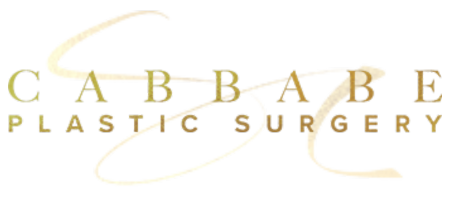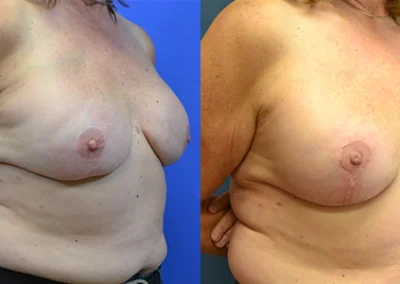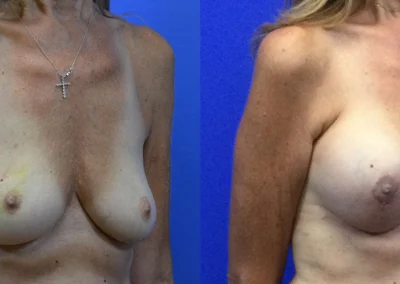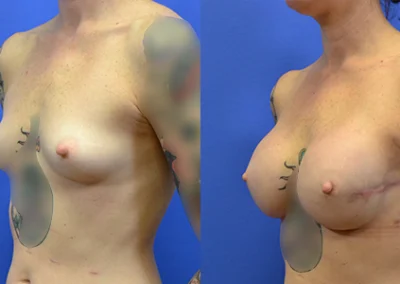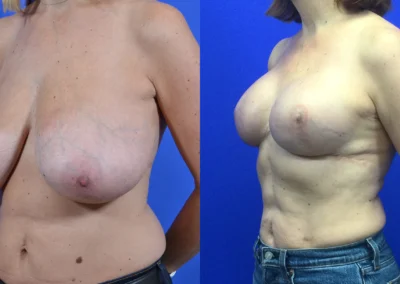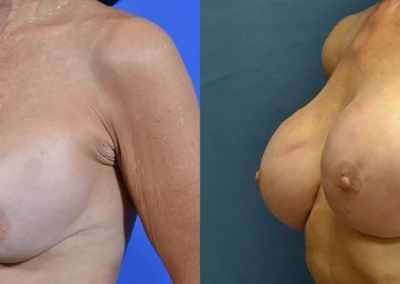Conventional TRAM St. Louis – Breast Reconstruction Technique Missouri
A TRAM (Transverse Rectus Abdominis Myocutaneous) flap is a procedure where skin and fat from the lower abdomen is used to reconstruct the entire breast. In this situation, no implants are used and either one or both breasts can be reconstructed. Women who have had this procedure describe the breast as “their own” as opposed to an implant – based reconstruction.
Ideal Candidates
Candidates for this procedure include patients who are having or have had a mastectomy or are unhappy with a previous expander/implant reconstruction. Patients with previous radiation are also excellent candidates for this procedure. If radiation is anticipated, then the TRAM will be delayed until after radiation is completed so as not to permanently damage the abdominal tissue from the radiation. In this situation, a temporary implant, or expander, may be used to preserve as much skin as possible on the breast until the final reconstruction is done.
Poor candidates for this surgery are women who are significantly obese (BMI >35) as this may lead to problems with abdominal hernias and/or poor blood flow to the abdominal tissue which can result in failure. Also, patients with previous abdominal surgeries may not be candidates depending on the location of their scars. Patients who smoke have a greater risk of complications due to poor blood flow and coughing. Finally, women who have little fat on their lower abdomen may not be able to attain the breast size they desire. Fat transfer to the flap can be done in some instances to increase the volume of the flap in a later surgery revision.
The Surgery
During the procedure the abdominal tissue from the lower abdomen is transferred with the rectus (“six – pack”) muscle attached up into the breast. The entire rectus muscle on the side of the reconstruction is used. The blood vessels to the skin and fat travel on the undersurface of the rectus muscles. If you are having a double or bilateral mastectomy, both rectus muscles are used and half of each abdomen can be used for each breast.
The area on the abdomen from which the muscle was taken is closed, occasionally with mesh reinforcement, and the belly button/umbilicus is preserved and transposed to a new position after the remaining skin of the abdomen is stretched down. This is much like a tummy tuck with the exception being that the abdominal muscles are not tightened as in a tummy tuck, but rather removed.
A breast lift or breast reduction may be needed on the other breast in order to improve symmetry. A new nipple can be made and areolar tattooing can be done if desired in the case of skin sparing mastectomy.
Preparing for Surgery
Recovery
Complications
Contact Us to Learn More
Dr. Cabbabe is a highly-skilled, double-board certified plastic surgeon who will develop a surgical plan that’s tailored to your specific needs. If you’re interested in learning more about the procedure, contact our office to schedule your informative consultation today.
